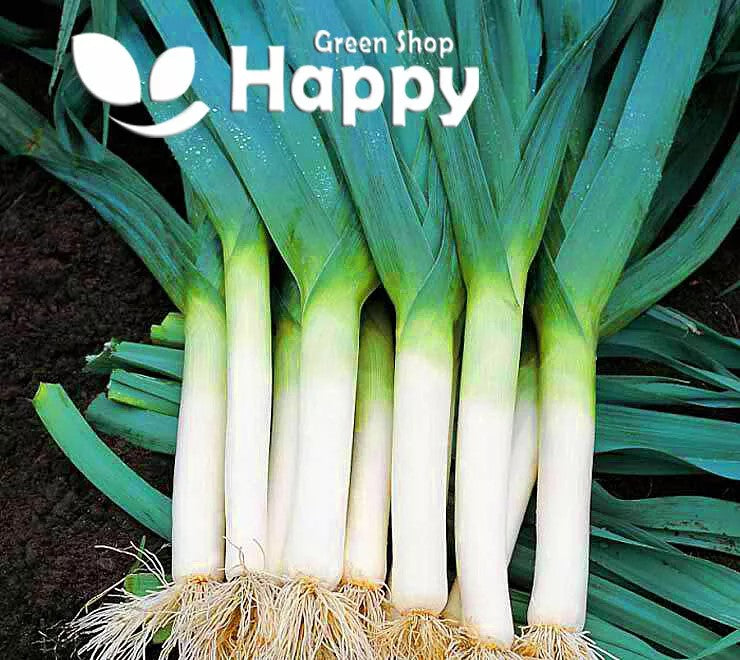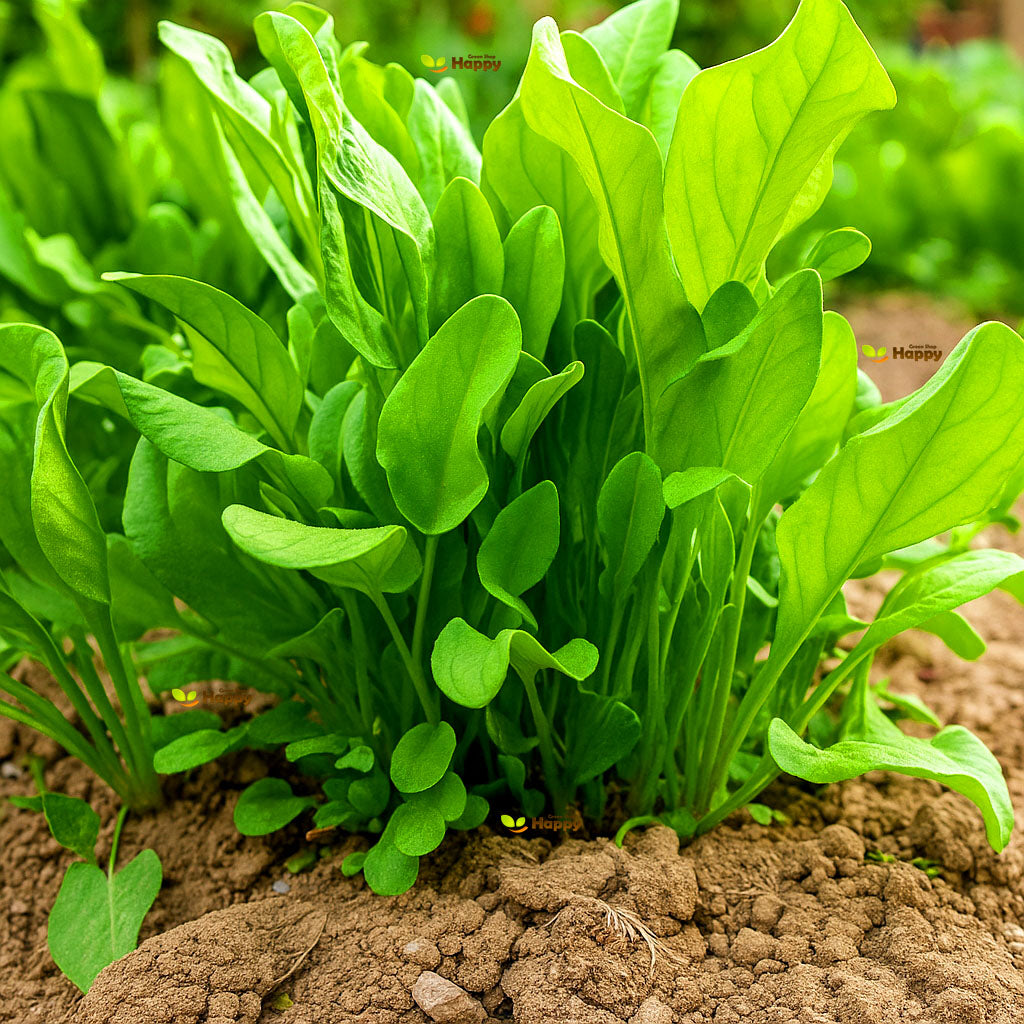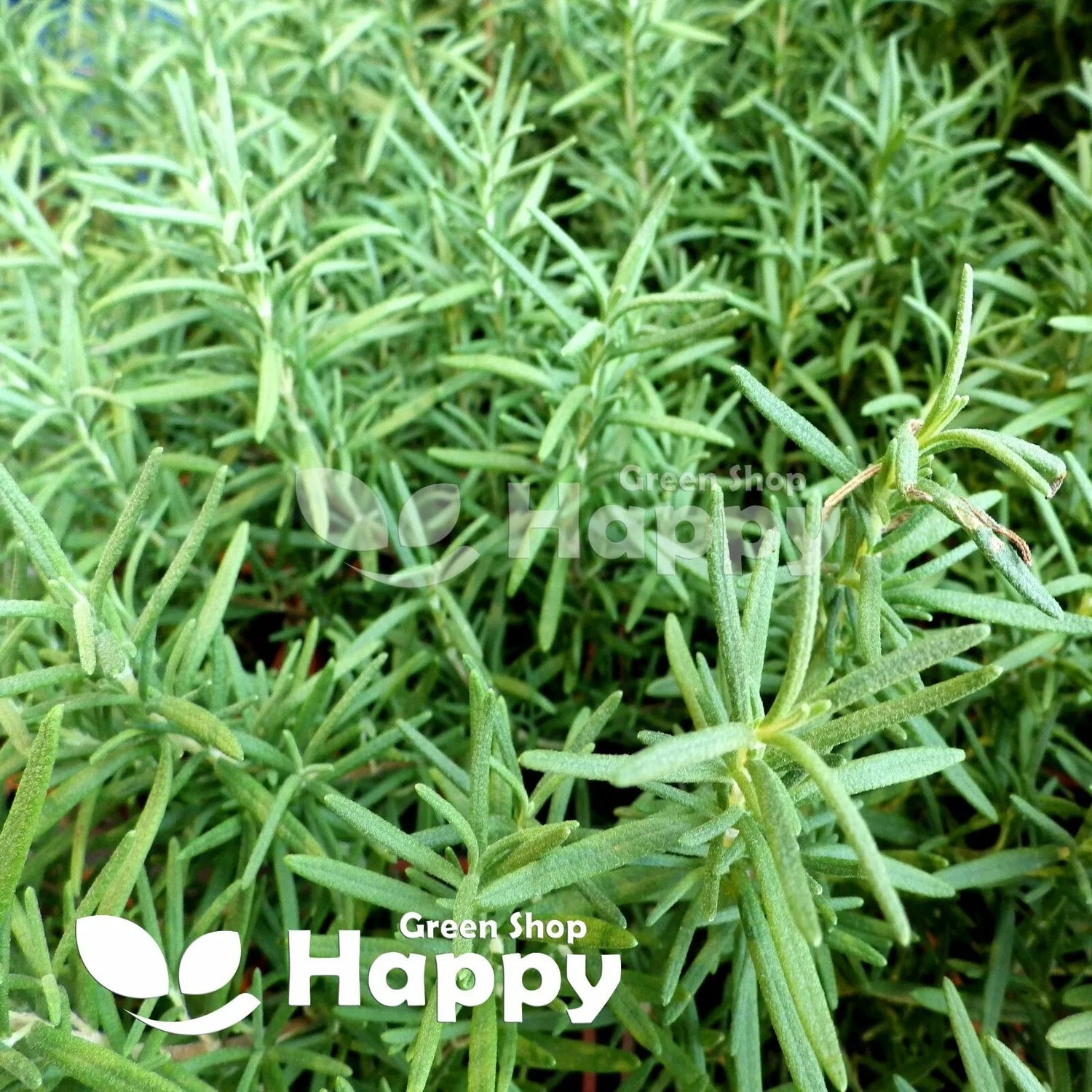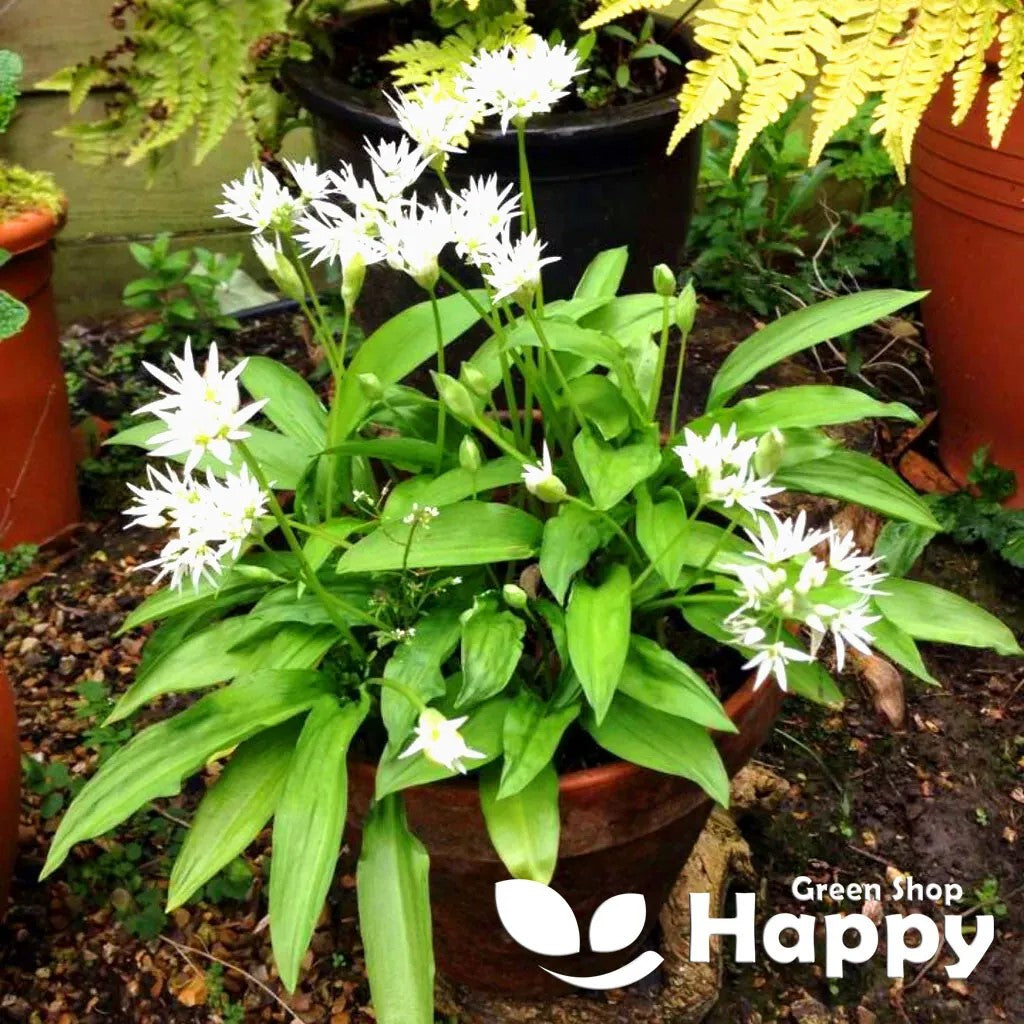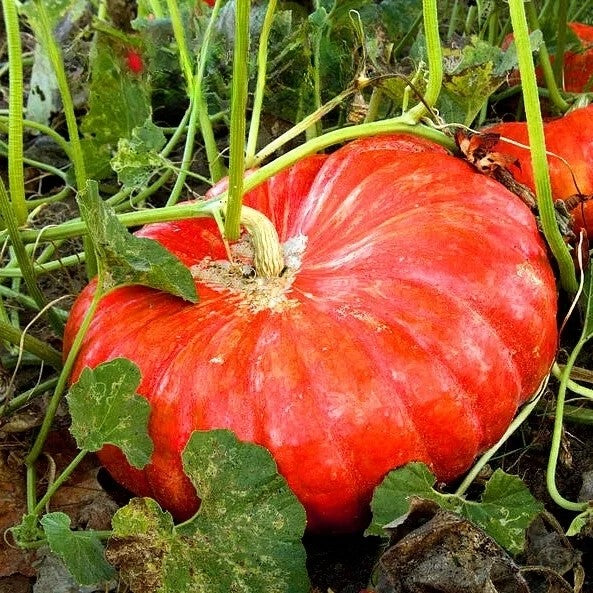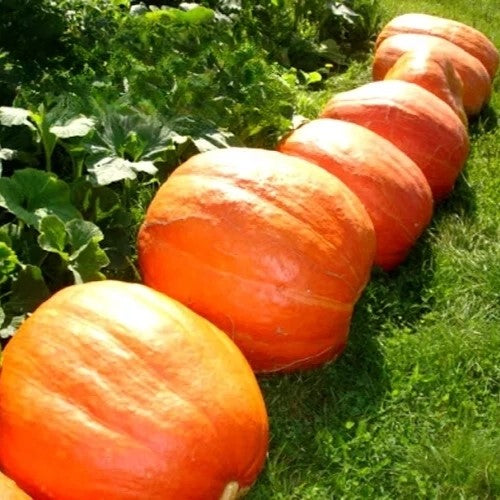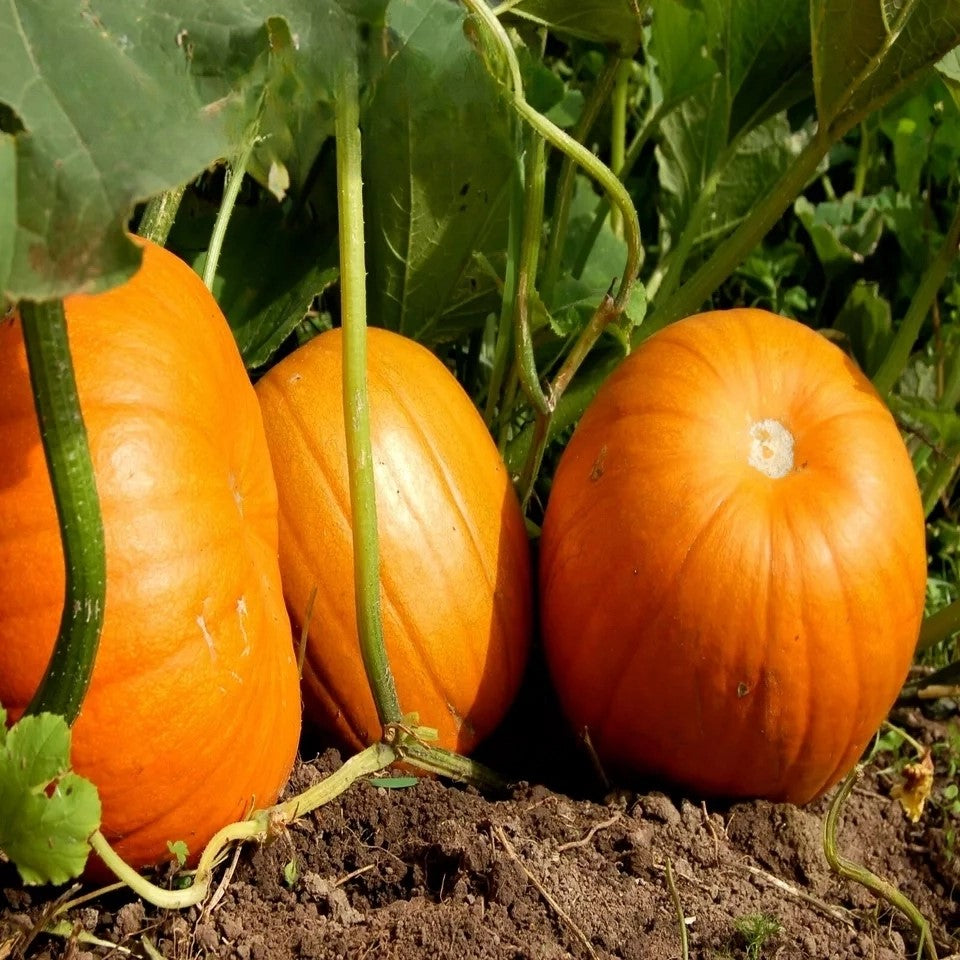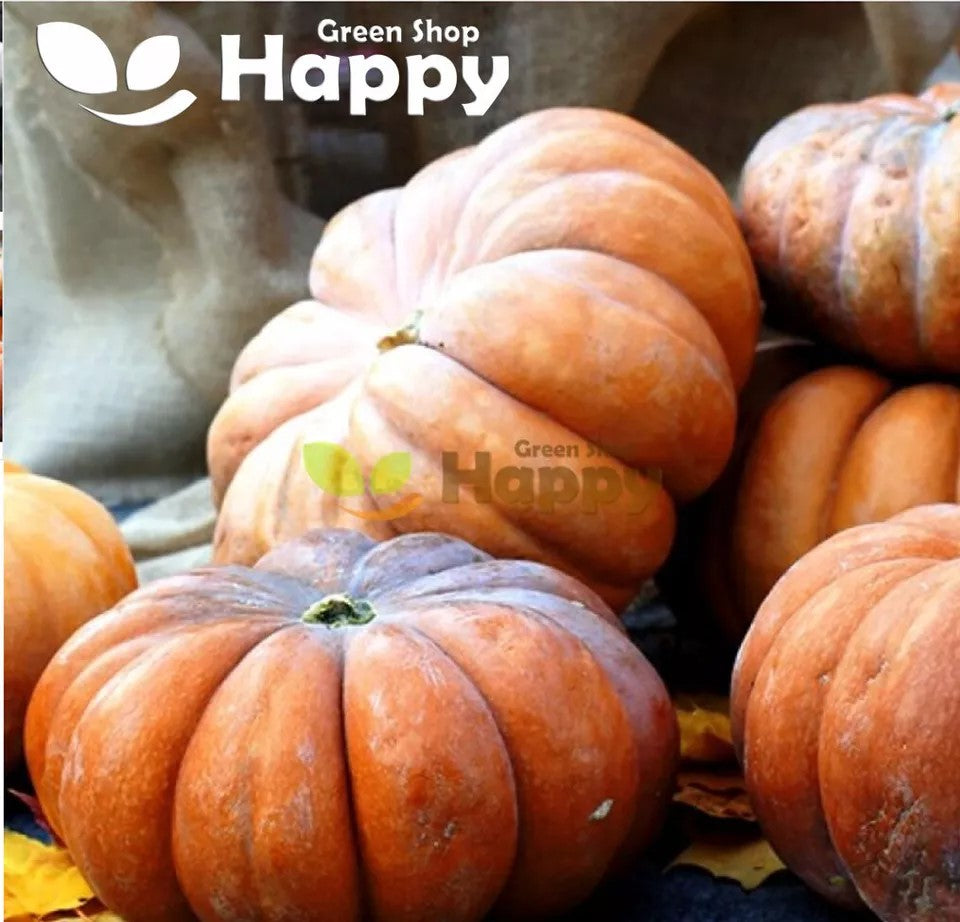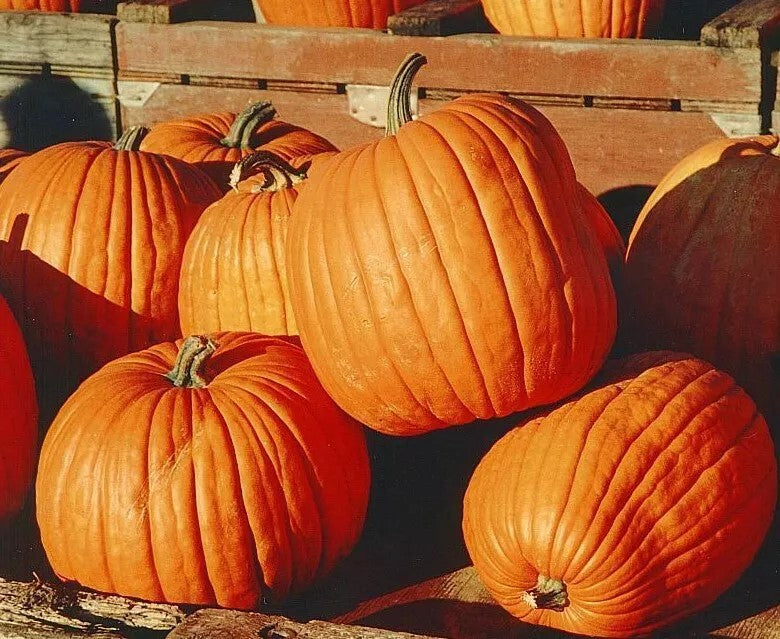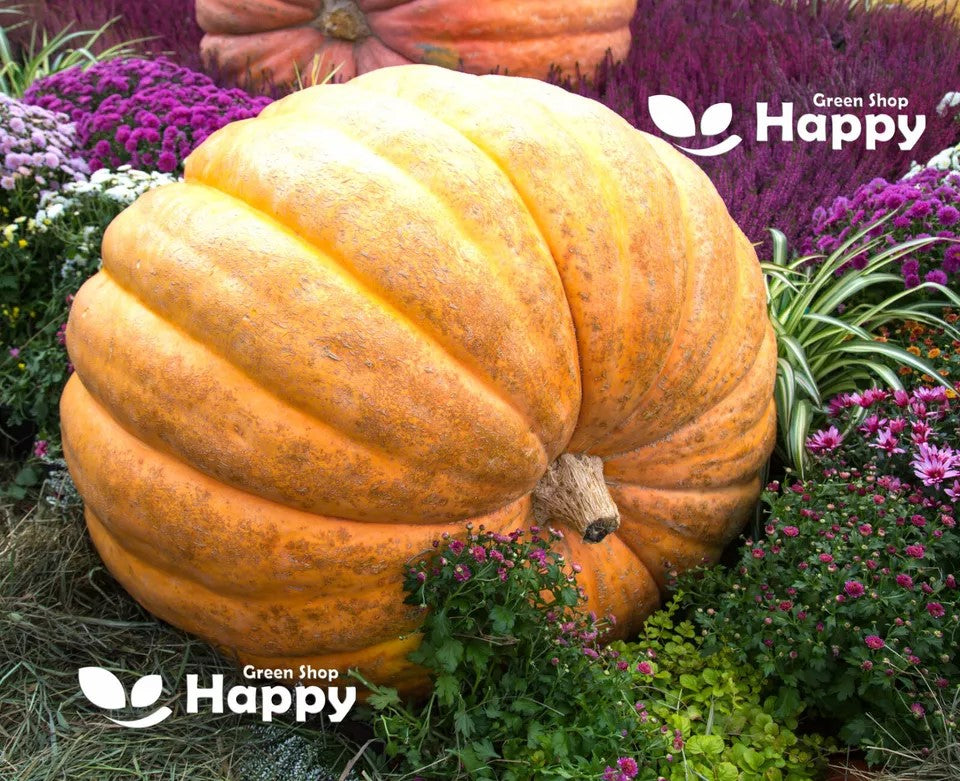Sort by:
97 products
97 products
Sorrel 'Blonde de Lyon' Seeds (Rumex acetosa)
Brighten up your kitchen garden with Sorrel 'Blonde de Lyon', a traditional French variety producing tender, pale green leaves with a tangy, lemony flavor. Perfect for soups, sauces, salads, and omelets, this perennial herb grows quickly and provides harvests over a long season. Its sharp, refreshing taste makes it a gourmet favorite in classic French cuisine.
How to Grow
-
Sow indoors in early spring or directly outdoors once soil warms.
-
Prefers fertile, moist, well-drained soil in full sun or partial shade.
-
Sow 0.5–1 cm deep in rows 30–40 cm apart.
-
Thin seedlings to 20–25 cm apart for strong growth.
-
Harvest young leaves regularly to encourage new growth.
Key Features
-
French heirloom sorrel with pale green, tender leaves
-
Distinct lemony flavor, perfect for culinary use
-
Perennial, reliable harvest year after year
-
Early cropping and fast-growing
-
Excellent for soups, sauces, salads, and garnishes
Ideal For
-
Traditional French cooking
-
Adding zest to salads and omelets
-
Perennial herb gardens
-
Home cooks and gourmet gardeners
Sowing
-
Best time: Spring or early summer
-
Depth: 0.5–1 cm
-
Spacing: Thin to 20–25 cm, rows 30–40 cm apart
-
Prefers moist, fertile soil in sun or partial shade
Quick Tip
-
Cut back flowering stems to prolong leaf production and maintain flavor.
Russian Tarragon – Seeds (Artemisia dracunculus)
Russian Tarragon is a hardy perennial herb valued for its anise-like flavor and aromatic leaves. While milder than French tarragon, it grows easily from seed, making it an excellent choice for gardeners who want a reliable and vigorous herb. Perfect for flavoring chicken, fish, salads, and sauces, it also makes a decorative addition to herb gardens with its fine, slender foliage.
How to Grow
-
Sow indoors: March – May in seed trays or pots.
-
Transplant outdoors: After last frost into a sunny, sheltered position.
-
Soil: Well-drained, light soil.
-
Spacing: 30–45 cm apart.
-
Water moderately, avoid waterlogging.
Key Features
-
Hardy perennial, easy to grow from seed
-
Aromatic leaves with mild anise flavor
-
Reliable alternative to French tarragon
-
Drought-tolerant once established
-
Attractive foliage for herb borders
Ideal For
-
Herb gardens and kitchen gardens
-
Flavoring chicken, fish, soups, and sauces
-
Growing in pots, raised beds, or borders
Sowing & Harvest
-
Sow: March – May
-
Harvest: July – October
Quick Tip
Pinch back growing tips to encourage bushy growth. For best flavor, harvest young leaves before flowering.
Roma Tomato 'Chrobry' F1 Seeds (Solanum lycopersicum)
Grow a high-yielding plum tomato with Roma Tomato 'Chrobry' F1 (Solanum lycopersicum). This vigorous hybrid variety produces uniform, elongated fruits with firm, meaty flesh and few seeds. Perfect for sauces, pastes, and cooking, 'Chrobry' F1 combines excellent flavor with outstanding productivity, making it a must for any kitchen garden.
How to Grow
-
Sow seeds indoors 6–8 weeks before the last frost.
-
Use fertile, well-drained soil in a sunny, warm location.
-
Sow seeds 0.5–1 cm deep, keeping soil moist at 20–25°C until germination (7–14 days).
-
Transplant outdoors or into greenhouses after frost, spacing 45–60 cm apart.
-
Support plants with stakes and harvest when fruits turn deep red.
Key Features
-
High-yielding F1 hybrid plum tomato
-
Produces elongated, uniform red fruits
-
Firm, meaty flesh with few seeds
-
Excellent for sauces, pastes, and cooking
-
Reliable, vigorous, and disease-resistant variety
Ideal For
-
Sauces, soups, and homemade pastes
-
Cooking and preserving
-
Greenhouse or outdoor growing
-
Gardeners seeking a productive, reliable hybrid
Sowing
-
Best time: Indoors 6–8 weeks before last frost
-
Depth: 0.5–1 cm
-
Spacing: 45–60 cm apart
-
Prefers full sun and fertile, well-drained soil
Quick Tip
-
Regular feeding with a tomato fertilizer boosts fruit set and enhances flavor.
Ramsons Wild Garlic – Seeds (Allium ursinum)
Ramsons Wild Garlic is a hardy perennial herb prized for its aromatic, garlicky leaves. Perfect for adding fresh, vibrant flavor to salads, pestos, soups, and sauces, it is a versatile addition to any herb or woodland garden. Its delicate white flowers also provide ornamental interest and attract pollinators.
This low-maintenance plant thrives in shaded, moist areas and can naturalize over time, creating a fragrant ground cover in suitable conditions.
How to Grow
-
Sow indoors: January – March
-
Sow outdoors: March – May
-
Depth: 0.5–1 cm
-
Spacing: 20–25 cm between plants
-
Position: Partial to full shade, woodland-type environment
-
Soil: Moist, fertile, well-drained
-
Watering: Keep soil consistently moist, especially during dry spells
Key Features
-
Hardy perennial with aromatic, garlicky leaves
-
Ideal for salads, pestos, soups, and sauces
-
Attractive white flowers that attract pollinators
-
Low-maintenance, naturalizes well in shaded areas
-
Thrives in moist, fertile, well-drained soils
Harvest
-
Harvesting period: March – May
-
Pick young leaves before flowering for the best flavor.
Short Tip
Avoid harvesting all leaves at once; leave some for continued growth and flowering.
Pumpkin 'Rouge d'Etampes' – Seeds (Cucurbita pepo)
The Pumpkin 'Rouge d'Etampes', also known as the Cinderella Pumpkin, is a stunning French heirloom variety prized for its large, flattened, deeply ribbed fruits with a vivid red-orange skin. Traditionally grown in the Paris region, it is famous for both its striking ornamental appeal and its delicious, sweet, fine-grained flesh.
Perfect for roasting, soups, pies, and preserves, it’s also a favourite for autumn displays thanks to its dramatic shape and colour.
How to Grow
-
Sow indoors: April – May, in pots
-
Sow outdoors: Late May – June, after last frost
-
Planting distance: 100 cm apart
-
Soil: Rich, fertile, well-drained soil with added compost or manure
-
Position: Full sun
-
Care: Keep well-watered, mulch to retain soil moisture, and provide space for trailing vines
Key Features
-
Traditional French heirloom pumpkin
-
Beautiful flattened, ribbed, red-orange fruits
-
Excellent sweet flavour for roasting, soups, and pies
-
Dual purpose – culinary and ornamental
-
Large fruits with good yields
Sowing & Harvest
-
Sow: April – June
-
Harvest: September – October
Pumpkin 'Golias' – Seeds
(Cucurbita pepo) – Giant, Decorative & Edible Pumpkin
Pumpkin 'Golias' is an impressive giant pumpkin variety, producing extra-large, round fruits with smooth orange skin. Known for its huge size and vigorous growth, it makes a real garden showpiece while also being delicious in soups, bakes, and pies. Perfect for competitions, carving, or autumn displays.
Key Features
-
Type: Annual fruiting vegetable
-
Fruit size: Extra-large, giant pumpkins
-
Skin: Smooth orange
-
Flavor: Mild, sweet flesh suitable for cooking
-
Harvest: Late summer to autumn
-
Use: Cooking, carving, decoration, competitions
Ideal For
-
Giant vegetable growing
-
Autumn harvest festivals & carving
-
Cooking soups, pies, and bakes
-
Impressive garden displays
Sowing & Growing
-
Sow indoors: April–May, 2–3 cm deep in pots.
-
Transplant outdoors: Late May–June, after last frost.
-
Direct sowing: From mid-May, 2–3 cm deep.
-
Spacing: 1–1.5 m between plants.
-
Soil: Rich, fertile, well-drained with compost/manure.
-
Harvest: September–October, when skins harden.
Care Tips
-
Requires full sun and plenty of water.
-
Feed regularly for maximum fruit size.
-
Protect from frost – harvest before first frost arrives.
Pumpkin 'Muscade de Provence' – Seeds (Cucurbita moschata)
The Pumpkin 'Muscade de Provence' is a traditional French winter squash renowned for its rich, nutty flavor and smooth, orange flesh. Producing medium to large, round to slightly flattened fruits, this variety is perfect for soups, roasting, baking, and preserves. Its excellent storage qualities make it ideal for autumn harvests and long-term use.
How to Grow
-
Sow seeds indoors from April or directly outdoors from May once the soil is warm.
-
Plant 2–3 seeds per hole, 2–3 cm deep, thinning to the strongest seedling.
-
Space plants 90–120 cm apart in sunny, fertile, well-drained soil.
-
Water consistently and mulch to retain moisture.
-
Harvest fruits when the skin is hard and deep orange.
Key Features
-
Rich, nutty-flavored orange flesh
-
Medium to large, round to slightly flattened fruits
-
Excellent storage qualities for winter use
-
Ideal for soups, roasting, baking, and preserves
-
Vigorous, high-yielding plants
Ideal For
-
Autumn harvests and long-term storage
-
Culinary use: soups, roasting, and baking
-
Home gardens, allotments, and specialty pumpkin collections
Sowing & Harvest
-
Sow: April to May
-
Spacing: 90–120 cm between plants
-
Harvest: September to October
Quick Tip
-
Leave pumpkins on the vine until the skin hardens and the stem starts to brown for optimal storage.
Pumpkin 'Jack o'Lantern' Seeds (Cucurbita pepo)
Create the perfect Halloween display with Pumpkin 'Jack o'Lantern' (Cucurbita pepo). This classic variety produces medium-sized, round fruits with smooth, deep-orange skin that’s ideal for carving. In addition to being a festive favorite, the sweet, fine-textured flesh is excellent for pies, soups, and roasting, making it both decorative and delicious.
How to Grow
-
Sow seeds indoors in late spring or directly outdoors after the last frost.
-
Use rich, well-drained soil in full sun.
-
Sow 2–3 cm deep, either in pots indoors or in mounds outdoors.
-
Transplant seedlings or thin outdoor sowings to 90–120 cm apart.
-
Water well and feed regularly for large, healthy fruits.
Key Features
-
Classic pumpkin variety for carving and cooking
-
Produces round, deep-orange fruits
-
Medium size, perfect for Halloween lanterns
-
Sweet, fine-textured flesh for baking and soups
-
Decorative and edible in equal measure
Ideal For
-
Halloween carving and autumn displays
-
Homemade pies, soups, and roasts
-
Garden beds and allotments
-
Families and festive gardeners
Sowing
-
Best time: Indoors late spring or outdoors after frost
-
Depth: 2–3 cm
-
Spacing: 90–120 cm apart
-
Prefers full sun and rich, well-drained soil
Quick Tip
-
Harvest pumpkins when the skin is firm and orange, and cure them in a dry, sunny spot to improve storage life.
Pumpkin 'Dill’s Atlantic Giant' – Seeds (Cucurbita maxima)
Pumpkin 'Dill’s Atlantic Giant' is a record-breaking variety renowned for producing enormous, fast-growing fruits perfect for giant pumpkin competitions, autumn displays, and culinary use. With sweet, dense orange flesh, it’s suitable for soups, roasting, and baking. This vigorous, high-yielding plant thrives in sunny gardens with ample space for sprawling vines.
How to Grow
-
Sow seeds indoors from March to April, 2–3 cm deep, or directly outdoors after the last frost.
-
Plant 2–3 seeds per mound, thinning to the strongest seedling.
-
Space plants 2–3 meters apart to allow for sprawling growth.
-
Requires full sun, fertile soil, and consistent watering.
-
Harvest fruits when fully matured and the skin is hard and deep orange.
Key Features
-
Produces enormous, fast-growing pumpkins
-
Sweet, dense orange flesh ideal for cooking and baking
-
Vigorous, high-yielding plant with sprawling vines
-
Perfect for giant pumpkin competitions or decorative autumn displays
-
Thrives in sunny, fertile gardens with ample space
Ideal For
-
Giant pumpkin contests and autumn decorations
-
Culinary use: soups, roasting, and baking
-
Gardeners with large garden spaces and fertile soil
Sowing & Harvest
-
Sow: March to April
-
Spacing: 2–3 meters
-
Harvest: September to October
Quick Tip
-
Mulch around the base and water consistently to encourage large, healthy fruits and prevent splitting.
Showing 36/97

